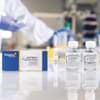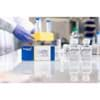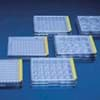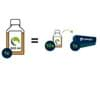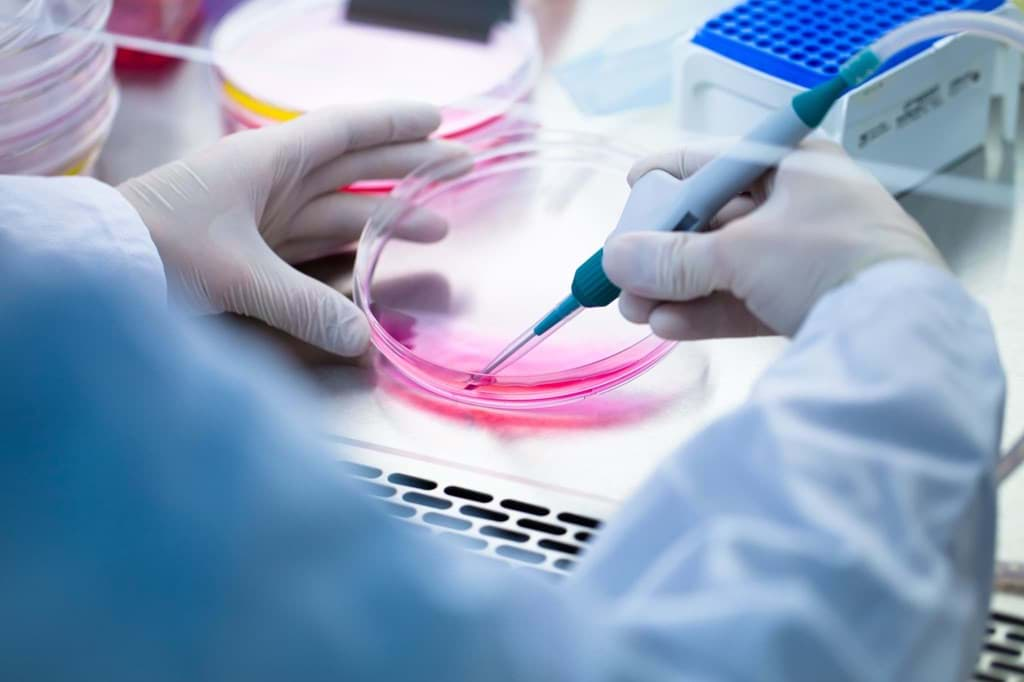
How to reduce cytotoxicity during cell transfection?
An easy solution to an old problem
Why do lipid-based transfection reagents, like lipofectamine, significantly affect gene expression and protein function and how do you overcome these problems without switching to complicated methods.
Learn more about
In summary?
- What is cell culture toxicity?
- How do you recognize cytotoxicity?
- What causes the problem.?
- How to overcome cell death due to transfection?
What is cytotoxicity?
What is cell culture toxicity?
Cell toxicity or cytotoxicity refers to harmful events caused by chemical and/or therapeutic reagents. These reagents prevent growth, proliferation, and in some cases even cause cell death. For treating cancer this is a situation aimed for, but for many other situations cytotoxicity is considered an adverse event and undesirable. In cell culture, it is essential that nothing affects your cells other than the agents you are researching. For protein development, adverse events can cause a significant reduction in produced proteins or unwanted by-products.
Recognize it
Recognizing biassing of results
It is difficult to distinguish cytotoxic events caused by transfection reagents from events occurring due to the gene expression or protein production study itself. Usually, early cell death, low proliferation, morphology changes, or undeveloped cells can be caused by toxicity. Read How to count cells accurately to learn more on cell culture quality control.Causes
What causes the problem
Just to refresh our knowledge of cell transfection and go back to the basic principles. Why again do we need transfection reagents? it would be much easier to add DNA, RNA, or other molecules to your cells of interest without any additives that can harm the cells. Unfortunately negatively charged nucleic acids like the negatively charged outer layer of the cell membrane repel like magnets. So a positively charged vehicle is required to get the molecules inside the cells. It is a necessity to use molecules that wrap around the nucleic acids as a vehicle. It started with calcium phosphate and soon after lipids were used as transfection reagents. Both are harmful to cells.Traditionally lipids are used because they are easy to produce and offer the composition to be taken up by the cells. Lipids have the same composition as the cell membrane, so no problem fusing with the membrane and releasing the genetic material to the cell. Imagine what happens when more and more lipid vesicles fuse with the membrane?
Instability occurs, and many times, the cell membrane breaks. In your Petri dish, you end up with very fragile and unstable cells, hardly enabling you to study gene expression or protein function

Our solutions
How to overcome cell culture death due to transfection?
Luckily alternatives are available without switching to expensive and elaborate virus transfection! Innovative polymer-based transfection reagents are out there. With a positive charged outer layer, these capsules enter the cell via endocytosis and only rupture inside the cytoplasm, releasing their cargo. So no instability or breakage of the outer membrane maintaining cell viability and functionality.
To support your application of interest, choose the polymer-based transfection reagent to achieve 70-90% transfection efficiencies without harming your cells. Independent of cell type, molecule, or study aim.
In need of a delicate method enabling tight regulation of transfection? The Nucleofector systems offer advanced performance, flexibility, and convenience for cell transfection purposes. This cell transfection system allows for transfection of difficult-to-transfect cell lines and a wide variety of primary cells either in suspension or adherent state. The electrical parameters are optimized to gain high transfection efficiency (up to 90%) and retain high viability without compromising the cell functionality.
The Nucleofector system has a modular architecture that allows seamless expansion of the system: it comprises a base core unit and three different functional units to suit your application of interest.
4D-Nucleofector Core Unit
HT Nucleofector System
jetOPTIMUS Transfection Reagent, 0.75mL
jetPRIME kit - 0.1ml reagent + 5ml buffer
Tissue culture test plate, 12 wells (4 pcs) (72)
Tissue culture test plate, 24 wells (4 pcs) (72)
Fetal Bovine Serum, Collected in South America (FBS Minis) - 10x 50ml
Our news

Multi Tissue Center ETB-BISLIFE ready for further expansi...
We are pleased to share this article, which was published in the September issue of LabVision. This article was written in conjunction with our collaboration...
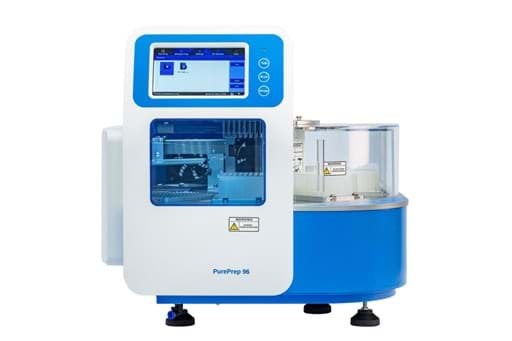
Innuscreen introduces PurePrep benchtop systems for autom...
Discover the PurePrep family for quick and effective DNA/RNA extraction.
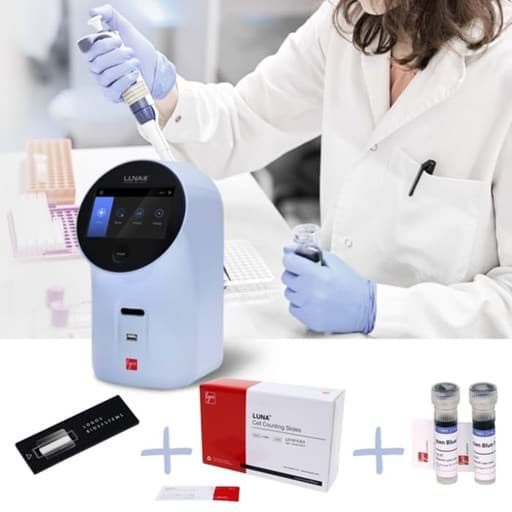
Logos Biosystems launches sustainable cell counting package
This article discover eco-friendly solutions for cell counting




